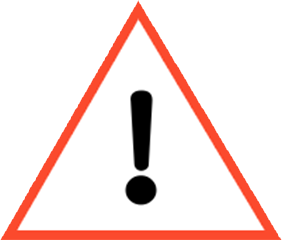Metrology
LOD, LOQ
The limit of detection (LOD) is the lowest concentration of a substance that can be dosed by the analytical method (but not quantified) with a high level of confidence. Based on this concentration, the presence of the compound can be affirmed (there is a low risk of this affirmation being false). However, below this concentration, the signal is too close to the analytical background noise: one cannot affirm the presence of the compound – the signal observed could be related only to the noise.
The limit of quantification (LOQ) is the lowest concentration of the compound to be dosed for which the analytical method can give a quantified value with good precision (i.e. low uncertainty). Below this concentration (i.e. between LOD and LOQ) the compound can be detected but not quantified properly – nevertheless a concentration can be estimated but with high uncertainty on the quantified value.
There are two ways of establishing the LOD or LOQ of a method:
- either by blank analysis
- or by defining an acceptable level of uncertainty
LOD = xblank + k sblank
xblank is the mean value of n measurements* of independent blanks,
sblank is the standard deviation of blank measurements,
k is a numerical factor chosen according to the level of confidence required
* 10 independent blanks are usually recommended
In most cases, the k factor is taken to be equal to 3, leading to:
LOD = xblank + 3 sblank
LOQ = xblank + 10 sblank

** Instrumental blank, reagent blank, sample blank


In practice, to estimate a LOD or LOQ, it is important to:
- Specify the approach used to estimate these limits
- Verify the estimated values experimentally (by analyzing solutions or samples spiked at concentrations close to the estimated LOD or LOQ values).





